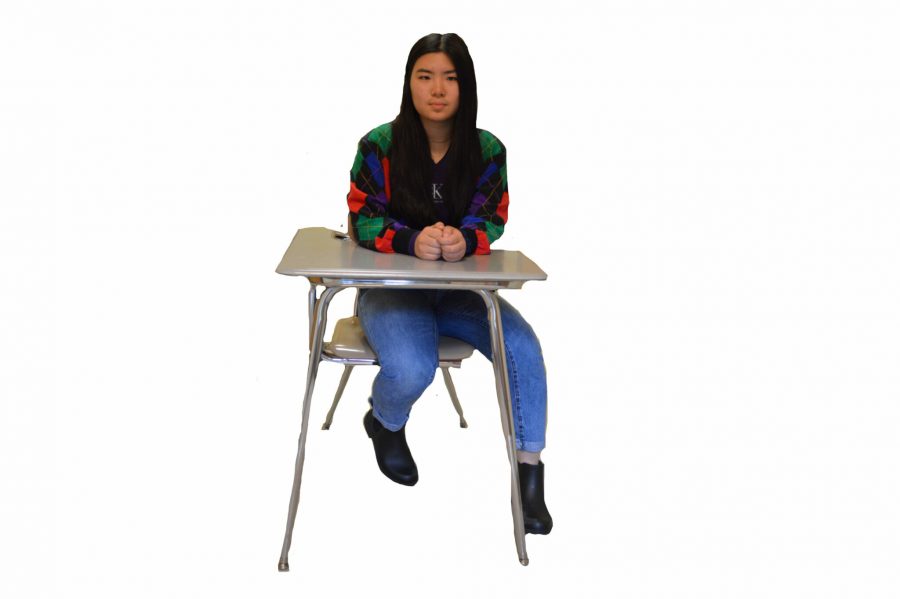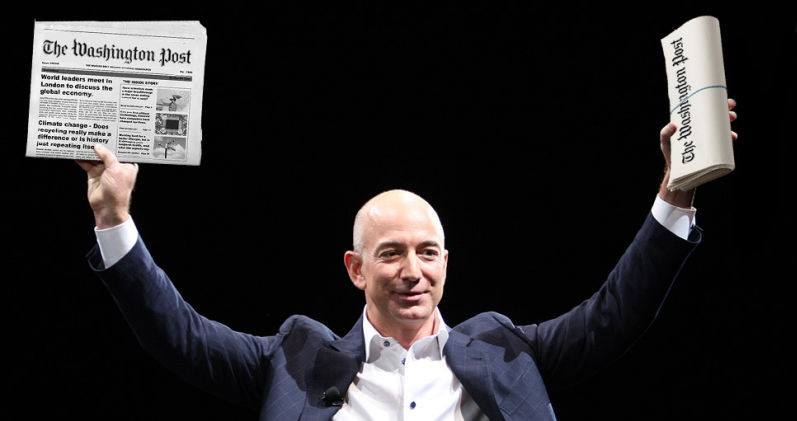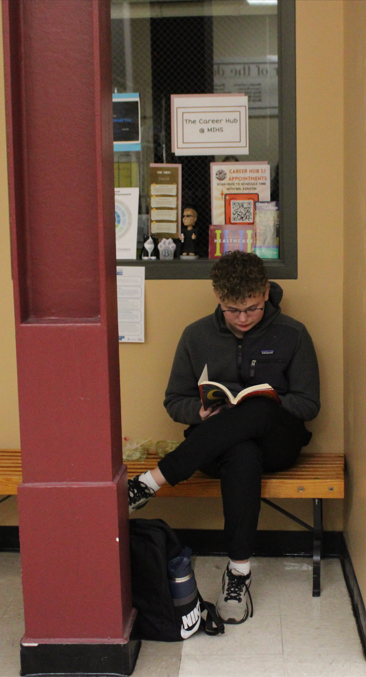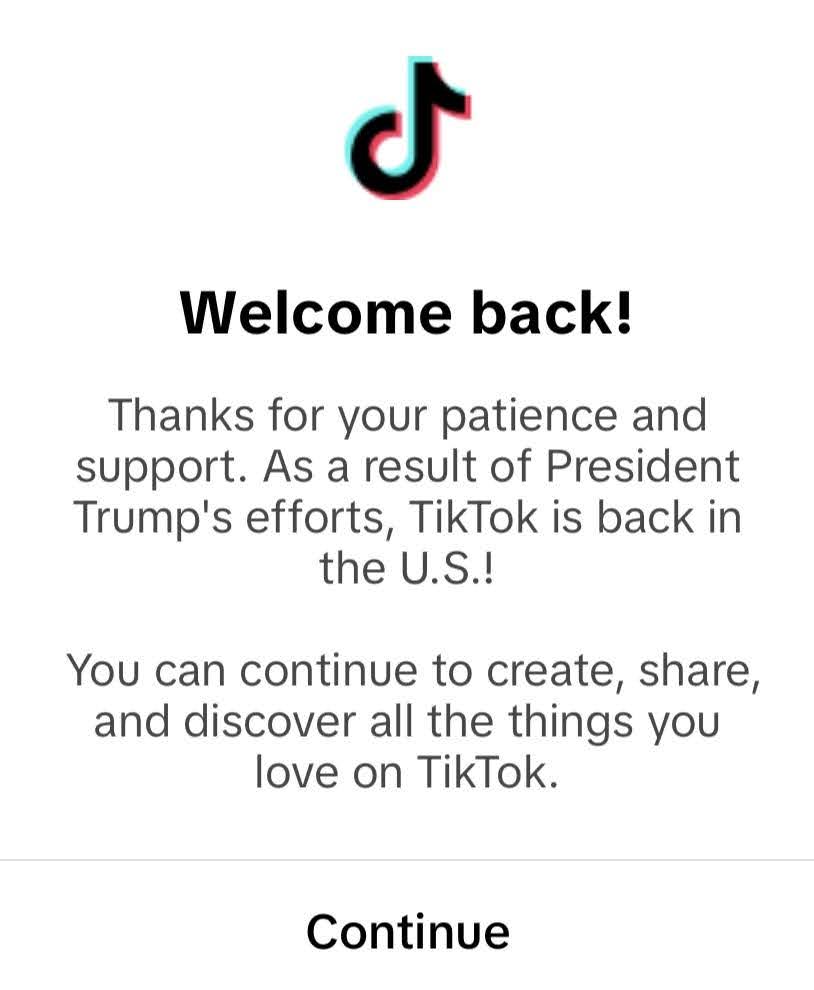The following is a direct response from Mercer Island High School Principal Vicki Puckett following the release of an MIHS Islander article discussing the ethnic makeup of MIHS teaching staff.
When I attended the Climate Strike in September, one of the most impactful moments was listening to a Chinese activist. When Yin Lu came up there was an extra sense of engagement and pride. Seeing a Chinese woman as a leader immediately evoked a sense of engagement and motivation in me.
Although she did not directly share any stories about her childhood and culture that I could immediately identify with, I had a greater sense of empathy with her message.
Seeing leaders of my same ethnicity in activism and in the media even for fleeting instances has a powerful impact.
However powerful this experience was for me, I believe the MIHS community must take this impact to a place where developing minds are constantly influenced and shaped: the classroom.
During my entire academic career, I have only had two teachers of color, both of whom were language teachers. Although I’ve had many influential white teachers, I feel that there is a missed opportunity in the lack of diversity among my former teachers.
When teachers discuss culture and using anecdotes, perspectives from people of color often go undiscussed. This is by no fault of the teacher–after all, you cannot speak from a perspective you never had. The power of, for example, a Chinese-American English teacher would be that they could offer different sides of an issue–one challenging students to re-examine Western culture and one introducing students to East Asian culture.
There have been countless instances in which I felt disconnected from class discussions. I had a sense that my experiences were so different that no one else would be able to relate to them, so why bother sharing? I felt isolated from my classmates’ perspectives, discouraged from sharing because I did not know how I would be received. Would people listen because my experiences were different, or would they fall on deaf, disconnected ears?
Students are more than capable of analyzing and challenging preconceived ideas about various issues. We don’t need teachers to have these discussions either inside or outside of the classrooms. However, in such instances, a mediating authority in the form of a teacher of color would be encouraging to students of color, allow students to share their experiences more easily.
The goal of diversifying should not be confused with filling quotas. As it is, there are few non-white applicants to MIHS staffing positions. Therefore, diversity can not be arbitrarily picking a minority applicant.
Encouraging more applicants of color, different genders, sexualities, religions and socio-economic backgrounds starts with creating a more welcoming environment to people outside of the community. It’s no secret that MIHS and Mercer Island community has a reputation as an entitled, affluent bubble with limited self-awareness of the world outside its insularity.
Privilege itself does not repel people from Mercer Island but what does is the perception that Islanders lack self-awareness regarding it. Removing the privileged Mercer Island stigma is not something that the MIHS administration, Mercer Island parents or the best of MIHS students can do alone. Removing the stigma must be a concerted effort from each member of the community.
When we as a school and community demonstrate that we are enthusiastic about acknowledging our privilege, we open ourselves to new perspectives from those who might seek to educate us.
Greater diversity in education widens the perspectives of those in the majority. Greater diversity in education allows students of various identities to form a deep connection with what they are learning. We have so much to gain from allowing different voices to shape how we interact with different issues and different people.









Jackson Chang • Jan 3, 2022 at 2:20 pm
I think the inclusion of different teachers really helps students learn and think outside of what they already know. Opening ourselves up to more info is a great way to expand our knowledge. I really like how this issue also talked about the privileges and entitlement of the island
Buena Fambrough • Jun 11, 2020 at 1:49 am
I’m not sure where you are getting your info, but good topic. I needs to spend some time learning more or understanding more. Thanks for great info I was looking for this information for my mission.
Theressa Blore • Jun 9, 2020 at 12:42 pm
I really like this blog so much. I really don’t know exactly what to write other than I truly enjoyed reading through these blogs. I will keep visiting your website . I learned quite a bit from here.
John Deere Technical Manuals • Jun 9, 2020 at 12:08 pm
Oh my goodness! an incredible article dude. Thanks a ton However My business is experiencing problem with ur rss . Do not know why Not able to subscribe to it. Can there be everyone obtaining identical rss dilemma? Anyone who knows kindly respond. Thnkx
click for more info • Jun 9, 2020 at 11:49 am
Another issue is really that video gaming has become one of the all-time most significant forms of fun for people of nearly every age. Kids have fun with video games, plus adults do, too. Your XBox 360 is one of the favorite games systems for those who love to have hundreds of video games available to them, as well as who like to learn live with some others all over the world. Thanks for sharing your thinking.
Jarod Mano • Jun 5, 2020 at 5:54 pm
I just want to tell you that I’m all new to weblog and really loved this web blog. Probably I’m want to bookmark your website . You certainly have incredible article content. Kudos for sharing with us your blog.